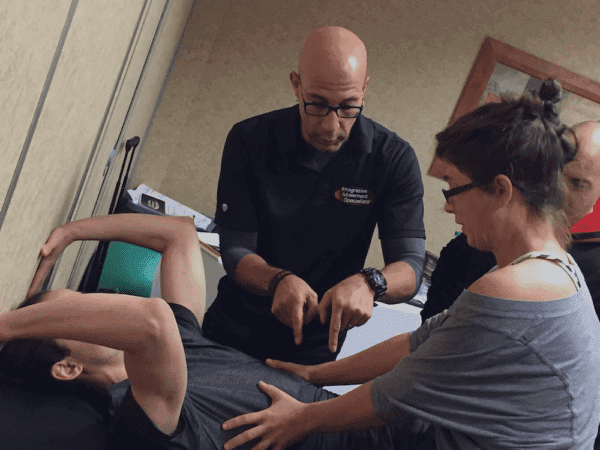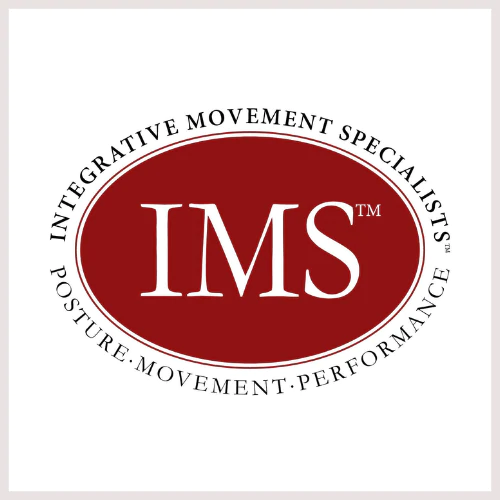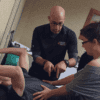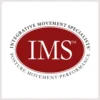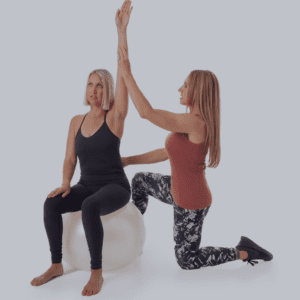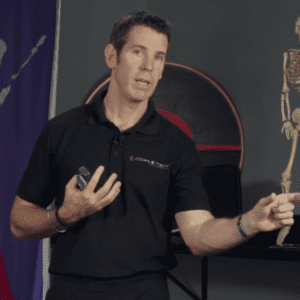The Integrative Movement System (IMS) Foundations Course by Evan Osar delves deeply into the principles of alignment, breathing, and control. These form the foundation for creating optimal posture and movement. This course is divided into three primary sections: the core, the lower extremity, and the upper extremity. Allowing practitioners to build a holistic understanding of how to assess and improve movement throughout the body.
This course is designed for fitness and healthcare professionals looking to improve their ability to assess and enhance movement. This comprehensive course teaches participants how to use the principles of the Integrative Movement System™ – alignment, breathing, and control – to create optimal posture and movement for clients of all ages and abilities.
Through a combination of theoretical learning and practical application, you will gain the skills to perform functional assessments of the core, lower extremity, and upper extremity. You’ll learn how to identify dysfunctions and develop corrective and functional exercise progressions to restore proper movement and reduce the risk of injury.
Whether you’re working with clients to improve daily function or enhance athletic performance, the IMS Foundations Course equips you with the knowledge to implement evidence-based strategies that lead to long-term success.
Registered with the American Council on Exercise (ACE) for CEU credits and affiliated with AUSactive for CEC recognition, this course is an essential resource for professionals aiming to elevate their expertise in movement and functional training.
For more information
Overview
You will gain the skills to perform functional assessments of the core, lower extremity and upper extremity. You’ll learn how to identify dysfunctions and develop corrective and functional exercise progressions to restore proper movement and reduce the risk of injury.
Whether you’re working with clients to improve daily function or enhance athletic performance, the IMS Foundations Course equips you with the knowledge to implement evidence-based strategies that lead to long-term success.
You will master the core principles of IMS – alignment, breathing, and control – to create immediate and long-term improvements in your client’s posture and movement patterns, alleviating chronic tension while enhancing overall performance.
By the end of this workshop, you will:
- Gain the skills to work with clients dealing with common medical conditions such as osteoarthritis (spine, hip, and shoulder).
- Apply proven approaches to training clients with issues like low back tightness, disc problems, and spinal stenosis.
- Implement a consistent, reliable process to assess, address, and progress clients with chronic shoulder and hip challenges.
- Walk away equipped with strategies to differentiate yourself in the market and attract clients who value and need your expertise.
Curriculum
Core: Thoracopelvic Cylinder
In this section, participants learn how the principles of the Integrative Movement System™ (IMS) apply specifically to core function, which is key to supporting overall body movement and posture. The thoracopelvic cylinder – a term describing the functional relationship between the thorax (ribcage), spine, and pelvis – plays a vital role in the body’s stability and mobility. Key Learning Objectives:
- Functional Core Assessment: Gain the skills to assess your client’s thoracopelvic cylinder, evaluating the range of motion, stability, and alignment of the trunk, spine, and pelvis.
- Corrective & Functional Exercises: Learn how to implement corrective exercises that enhance core stability, postural control, and movement efficiency. You’ll understand how to create exercise progressions that align with your client’s specific needs, facilitating better breathing mechanics and core engagement.
By mastering these skills, you’ll be able to address common dysfunctions in core movement, such as excessive spinal extension or lack of pelvic control, which can lead to issues like low back pain and poor movement efficiency.
The Lower Extremity: Hip, Knee, and Ankle
Building on the core principles, this section emphasizes how alignment, breathing, and control impact the function of the hip complex and lower extremities. Proper hip mechanics are critical not only for walking and running but also for preventing injuries in the lower body, including knee and ankle dysfunctions. Key Learning Objectives:
- Functional Hip Assessment: Learn how to assess the range of motion and stability in your client’s hip, knee, and ankle-foot complex, identifying areas of restriction or instability that could impact movement patterns.
- Exercise Progressions for Lower Body: Utilize the IMS™ to create tailored exercise programs that restore optimal function in the lower extremities. This includes improving hip alignment, knee tracking, and ankle mobility to enhance performance and reduce the risk of injury.
This section is particularly useful for addressing imbalances or compensations that often lead to overuse injuries, such as patellar tracking issues or ankle sprains.
The Upper Extremity: Shoulder Complex
In the final part, participants explore how the IMS™ principles apply to the upper body, with a focus on the shoulder complex. The shoulder’s mobility and stability are critical for a wide range of movements, from overhead lifting to daily tasks like reaching and pulling. Key Learning Objectives:
- Functional Shoulder Assessment: Develop your ability to assess the range of motion, stability, and alignment of your client’s shoulder complex, ensuring that movement is not compromised by muscular imbalances or joint restrictions.
- Exercise Progressions for Upper Body: Apply the IMS™ principles to improve upper body function by addressing shoulder dysfunctions, enhancing scapular stability, and improving shoulder mobility through corrective exercises.
This section is invaluable for those working with clients who experience shoulder impingements, rotator cuff issues, or other upper body limitations that restrict performance and functionality.
Course Author
The Integrative Movement System (IMS) was developed by Dr. Evan Osar, Chiropractic Physician and Jenice Mattek, Licensed Massage Therapist.
The IMS has successfully helped thousands of individuals accomplish their health and fitness goals and enabled professionals to differentiate themselves in the industry. The Integrative Movement System” is based upon the principles that guide the development of optimal posture and movement. It is a three-phase process that first guides a client through history and assessment to discover underlying habits contributing to chronic tightness, discomfort, and or inability to perform at an optimal level. Next, the individual is given the most appropriate corrective exercises so that they develop more optimal posture and movement habits.

